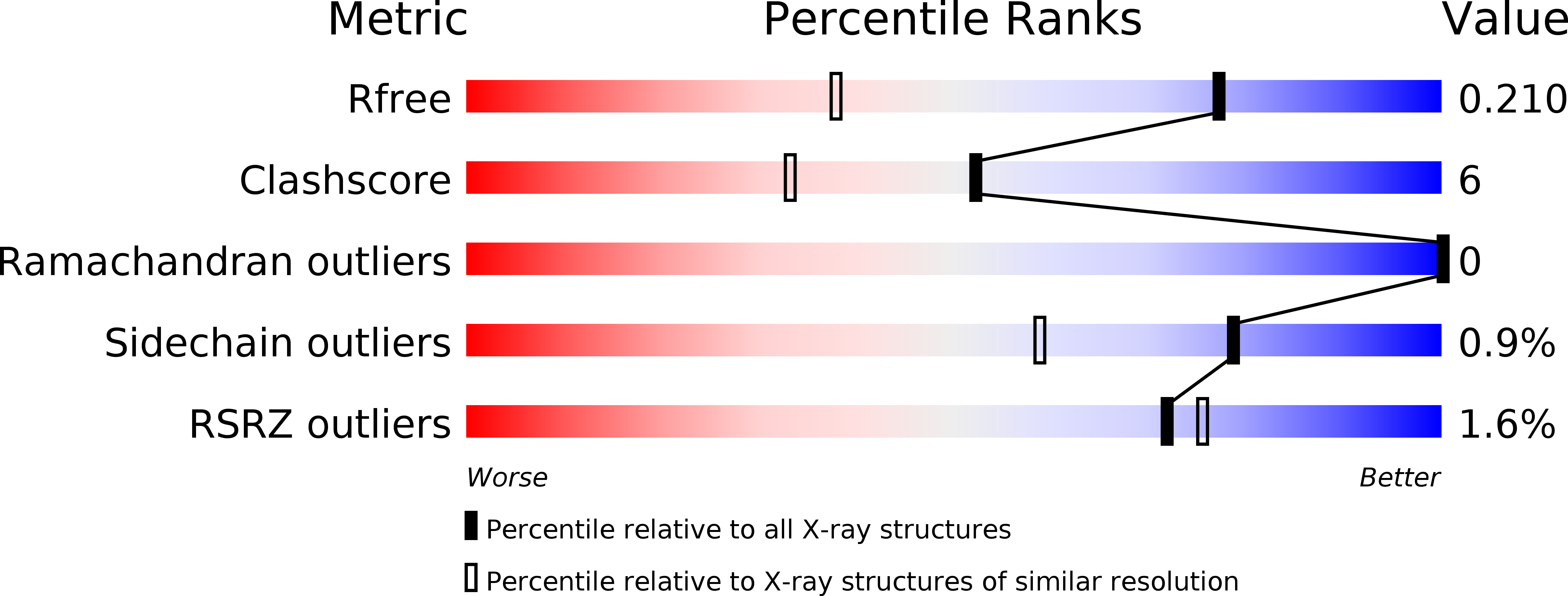
Deposition Date
2013-07-04
Release Date
2014-06-11
Last Version Date
2023-12-20
Entry Detail
Biological Source:
Source Organism:
PSEUDOMONAS AERUGINOSA (Taxon ID: 208964)
Host Organism:
Method Details:
Experimental Method:
Resolution:
1.48 Å
R-Value Free:
0.21
R-Value Work:
0.17
R-Value Observed:
0.18
Space Group:
P 1


